Leonardo was born in Anchiano, near the town of Vinci, Florence, Italy, as an illegitimate child born of the relationship of a young notary public, Ser Piero da Vinci, and possibly a farmer’s daughter, Caterina. He was born before the modern naming policy in Europe began to be implemented. In fact, his full name is “Leonardo di Ser Piero da Vinci”, which means “Leonardo, son of Ser Piero from Vinci “. He signed his works as either “Leonardo” or “Io, Leonardo (I, Leonardo)”. Leonardo’s father was a wealthy and well-known lawyer. His uncle, on the other hand, was the one who inspired his love for nature and inventions.
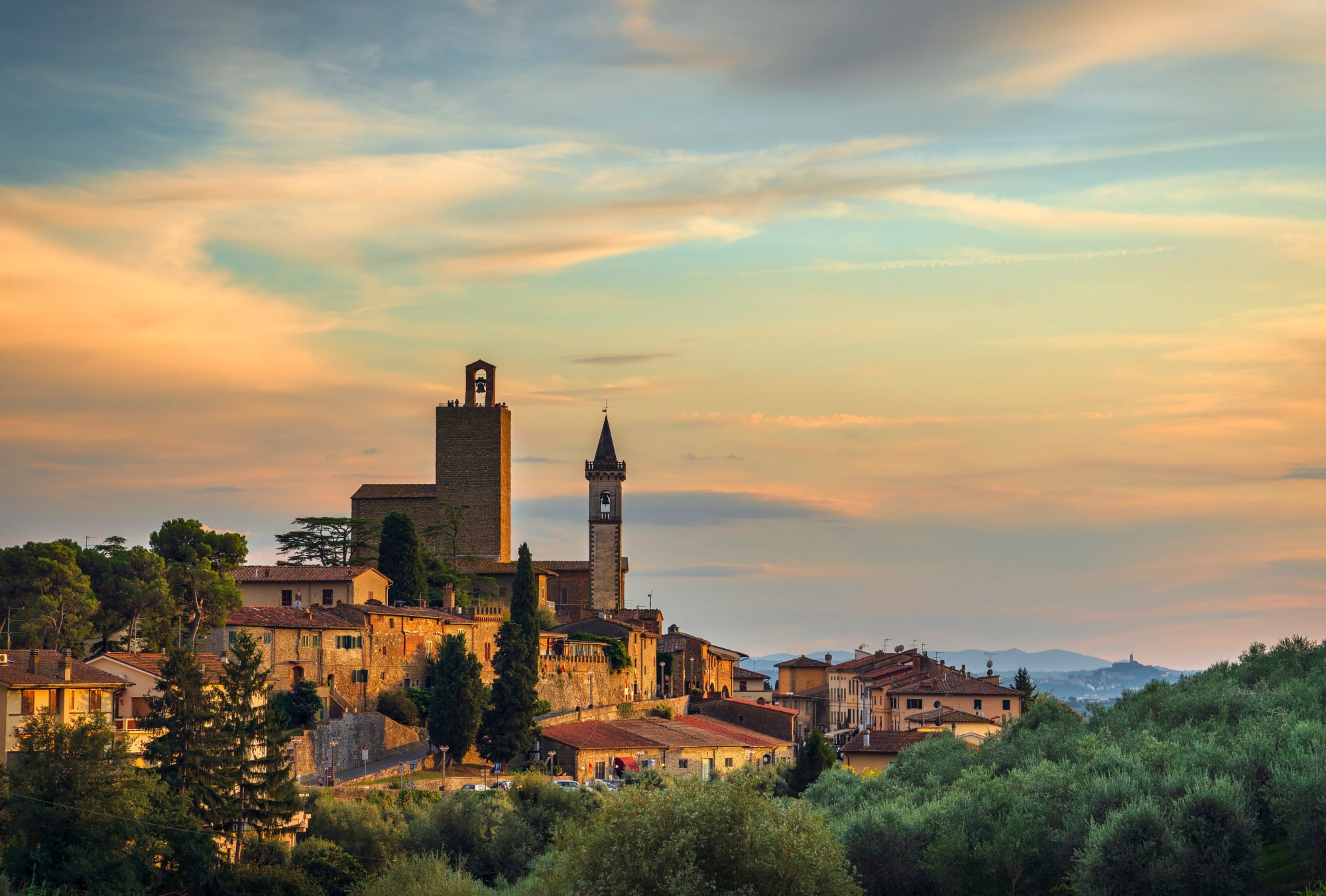
View of Vinci, Leonardo birthplace. Tuscany, Italy.
Leonardo, who lived in Vinci until the age of 14, went to Florence with his father in 1466 after his grandparents died one after the other. Leonardo was never educated in a formal school. Since illegitimate children were prohibited from attending university at the time, much of his education was unofficially provided at his maternal grandfather’s home, possibly by a private tutor.
When his father showed Andrea del Verrocchio, the famous painter and sculptor of that period, the drawings of his son, who had been painting wonderfully from an early age, Verrocchio decided to educate Leonardo as an apprentice when he was 15 years old. During his apprenticeship with Verrocchio, Leonardo had the opportunity to work with famous artists such as Lorenzo di Credi and Pietro Perugino. During his time in the workshop, he learned not only to paint but also to play the lyre.
Leonardo apprenticed and continued to learn under Verrocchio until he was recognized as an independent master in his field in 1478 at the age of twenty-six. It is speculated that Leonardo helped the famous “Baptism of Christ“ painting while working with Verrocchio by drawing an angel in the background. Leonardo da Vinci was born and raised during the Italian Renaissance, which inspired him to become a deep thinker and inventor. He received only a basic formal education, but his hunger for knowledge continued his entire life.
Leonardo da Vinci left Florence in 1482 and took service with Ludovico Sforza II Moro, Duke of Milan. The letter he never sent, in which he explained that he could build bridges, weapons, ships, and sculptures of bronze, marble and clay to serve the duke, has been recognized as the most extraordinary job application of all times.
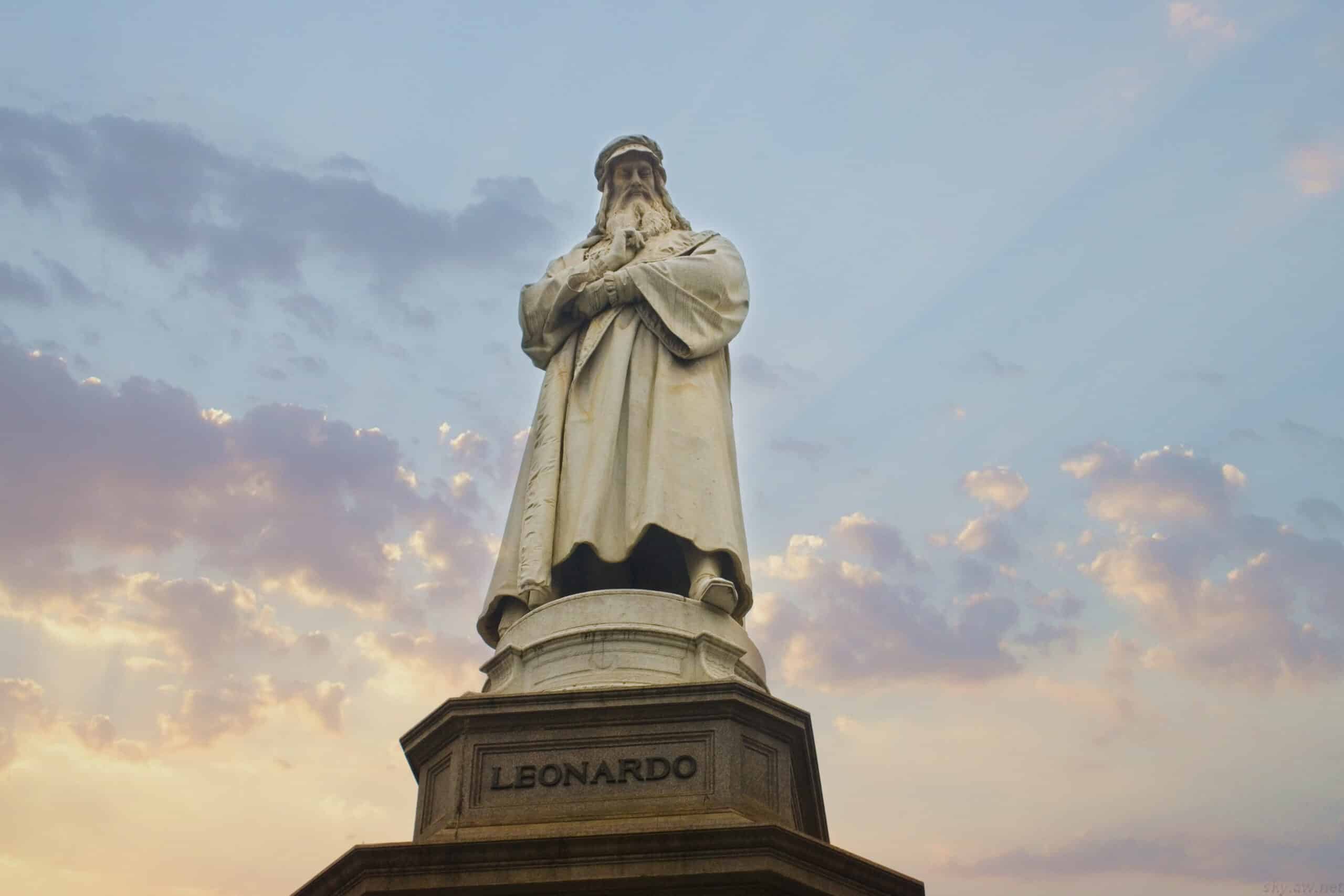
Monument to Leonardo Da Vinci at Piazza della Scala in Milan
Leonardo worked on one of his greatest works in Milan between 1484 and 1488. Duke Ludovico charged him with the duty of decorating the dining hall of the Church of Santa Maria Delle Grazie in Milan. On one wall of the dining hall, Leonardo’s painting “The Last Supper” was painted.
This painting, measuring 9.04 by 4.22 meters, is about the “Last Supper” Jesus had with his apostles the night before his death. It depicts the moment when Jesus told his apostles that one of them would betray him the following day. In this work of the master, the various reactions of the apostles have been depicted in an extremely realistic way.
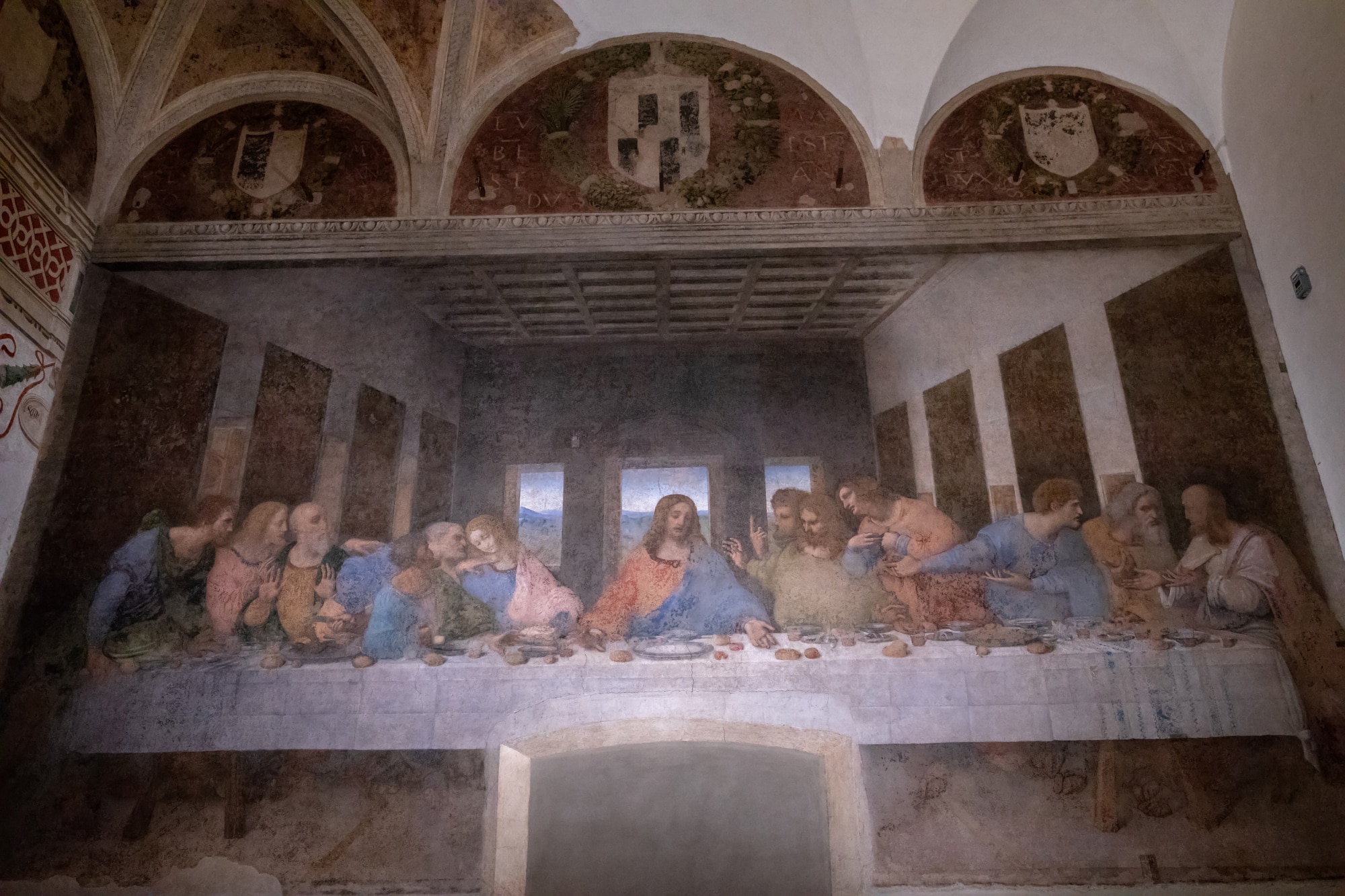
The Last Supper by Leonardo Da Vinci
Although the work was heavily damaged in its time, it still has the power to leave a great impression on those who see it. In this work, Leonardo worked “al secco (tempera paints on dry plaster)”. Tempera is a type of paint in which colour pigments are bonded with a binder consisting of water and oil and is not very durable. Numerous attempts to restore the painting have so far only been successful to a certain extent. Today you can visit this work of art by booking a Last Supper ticket. (To read our detailed analysis of Leonardo da Vinci’s “The Last Supper”, you can check out our article titled “Analysis of the Last Supper“.)
Leonardo da Vinci worked for the Duke of Milan for 17 years until the city was invaded by the French in 1499. Not only did he paint, sculpt and organize festivals for the Duke, but he also designed buildings, machinery and weapons. Leonardo da Vinci may have been most famous for his artistic talent, but over time his interests went far beyond works of art. In the years that followed, he created many working designs for bicycles, helicopters, submarines, armoured vehicles and tanks. Although most of his designs were never completed during his lifetime, his work and creativity led to many developments in different periods.
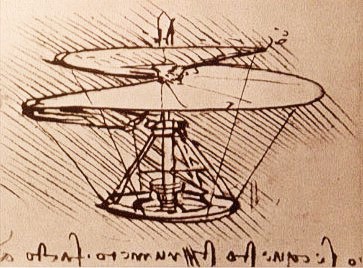
Leonardo da Vinci – Design of a Helicopter.
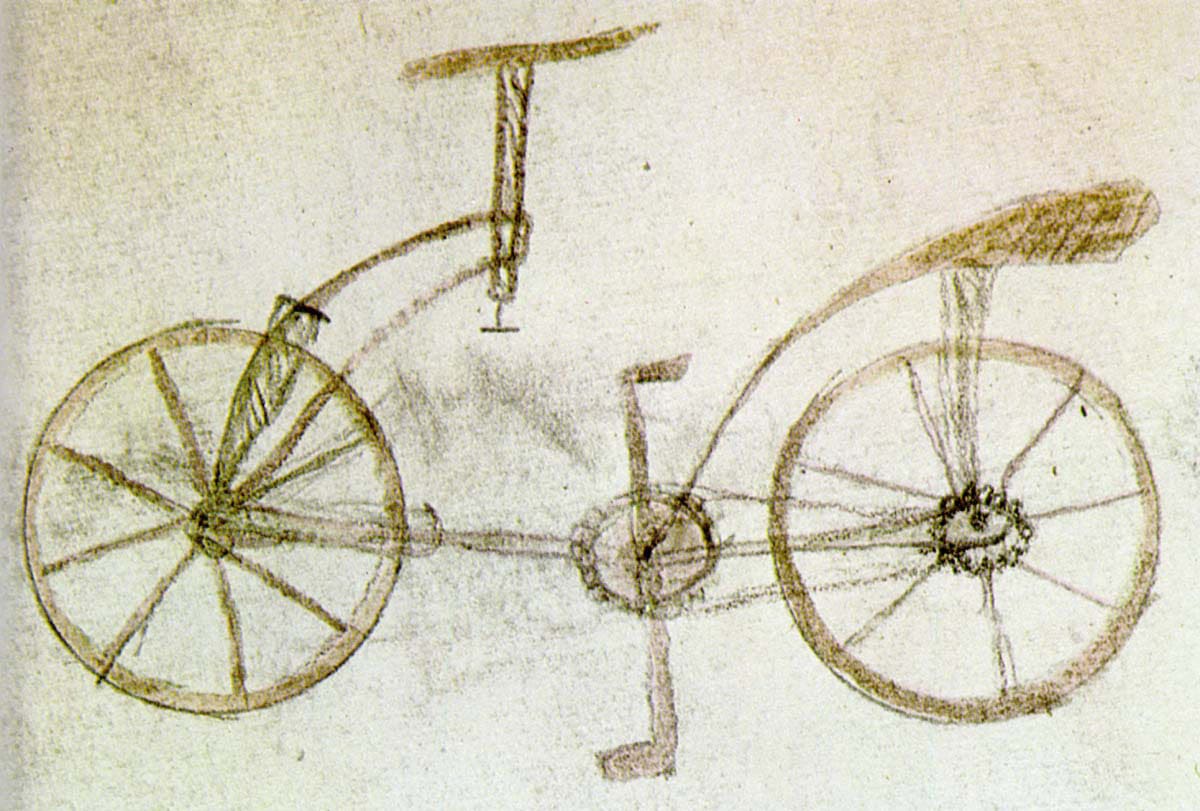
Bicycle sketch in Leonardo’s Codex Atlanticus, 1493
Da Vinci developed the habit of recording his works and drawings in a notebook between 1490 and 1495. These drawings and notebook pages were put together in museums and personal collections of several collectors. One of these collectors is Bill Gates, who collected the manuscripts of Leonardo’s works in the field of hydraulics. Bill Gates acquired Codex Leicester, which contains Da Vinci’s manuscripts, for $30 million and later turned it into a screensaver for Windows users.
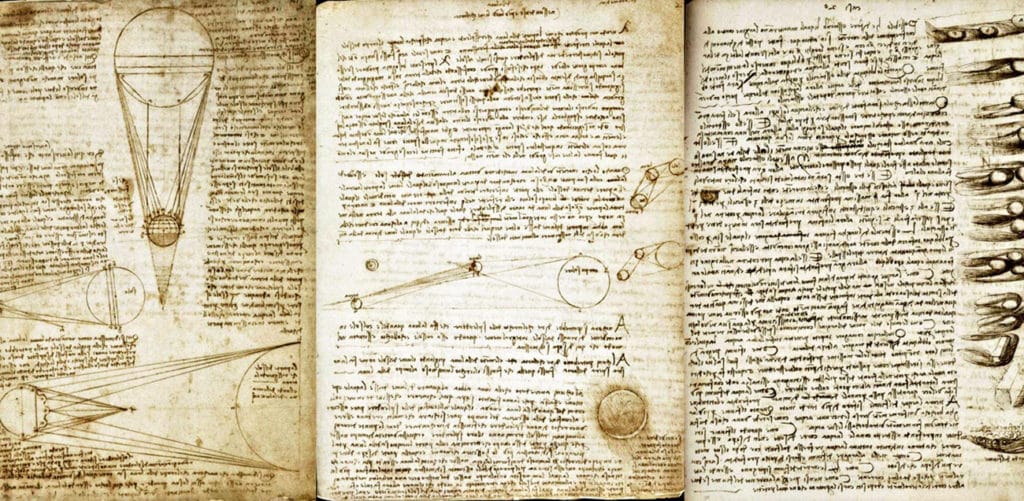
Codex Leicester
Leaving Milan in 1499 and looking for a new maecenas, Leonardo travelled within the borders of Italy for almost 16 years. He worked for many people over these years but left most of the works he was working on unfinished. It is rumoured that Da Vinci started working on his work “Mona Lisa”, which is considered to be one of the best paintings in human history, in 1503. After completing the work on this painting, he never left it behind and carried it along on all his travels. He returned to Florence after receiving the news of his father’s death in 1504. He fought a battle with his half-siblings for the right of succession, but his efforts in this regard remained inconclusive. However, his beloved uncle handed down all his wealth to Leonardo.
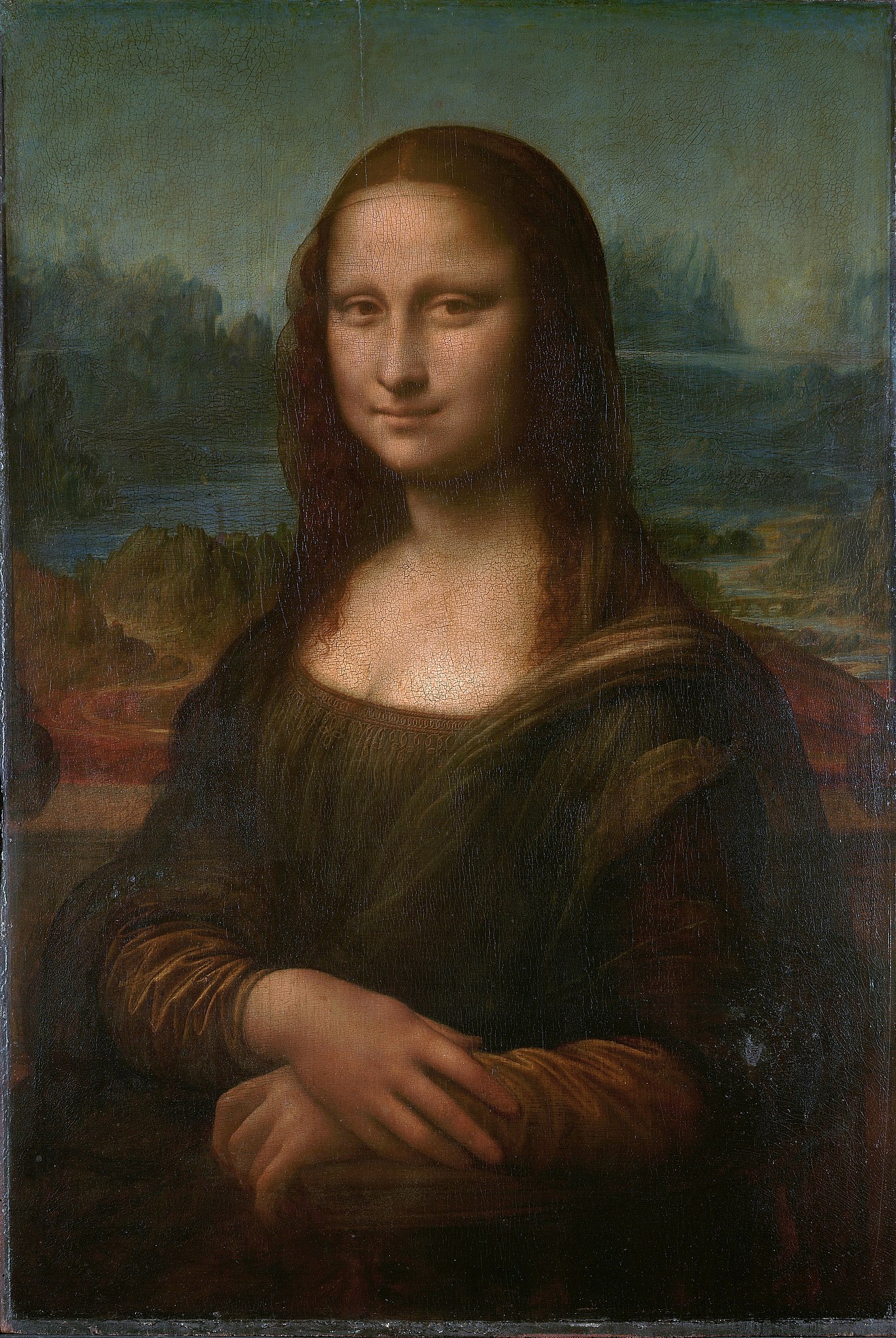
Mona Lisa
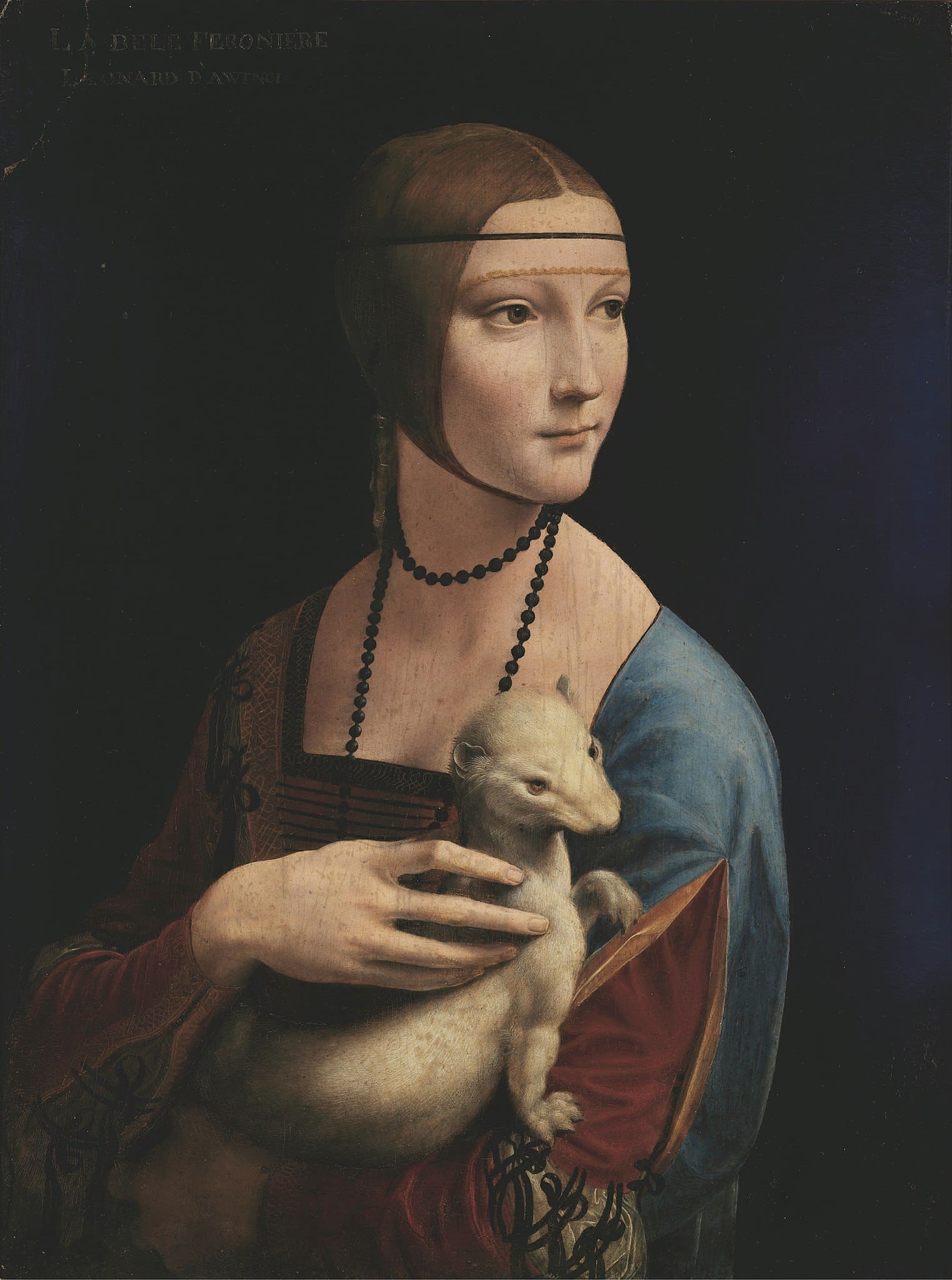
The Lady with an Ermine (Portrait of Cecilia Gallerani) by Leonardo Da Vinci.
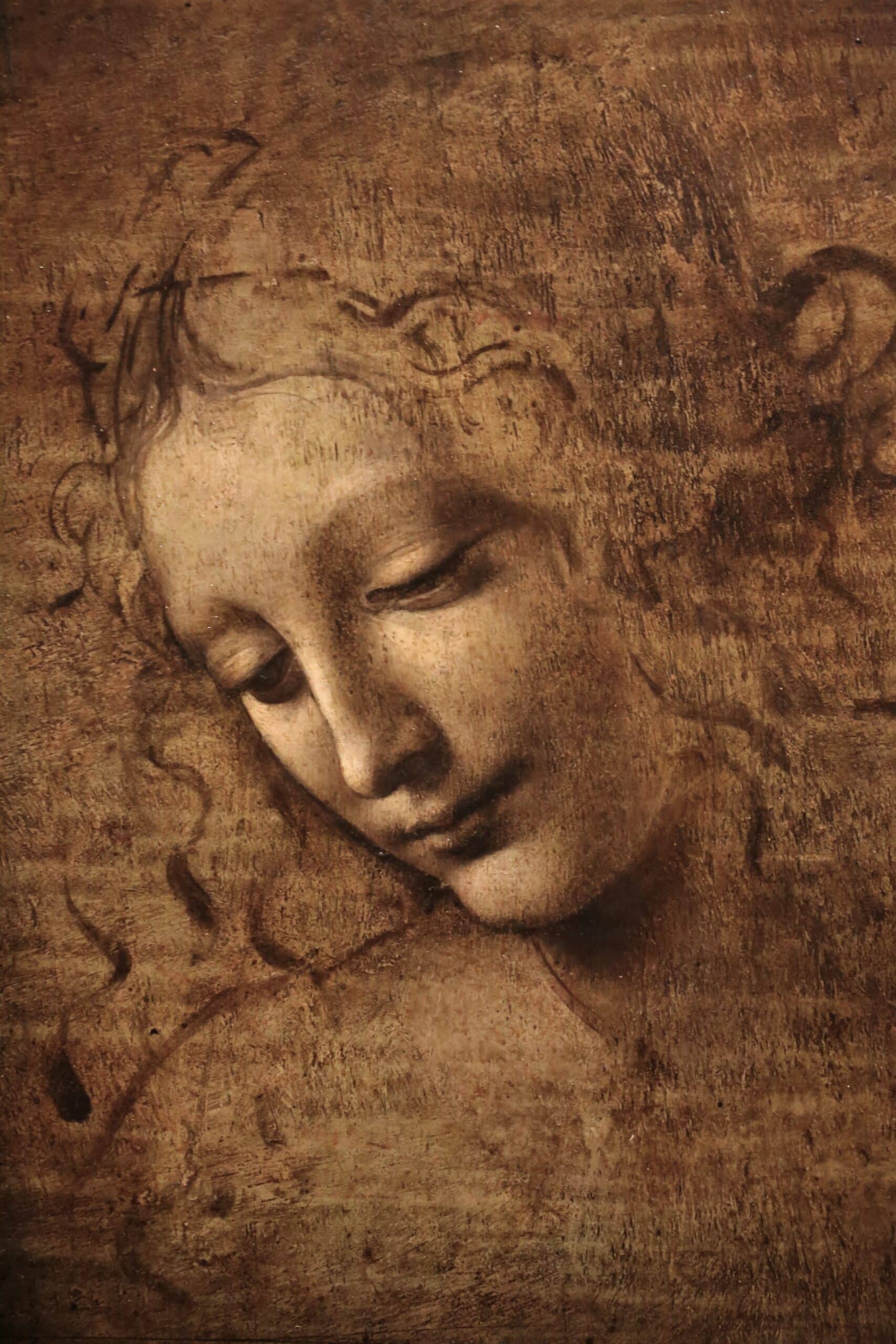
La Scapigliata by Leonardo Da Vinci, c. c. 1506–1508 (unfinished). Collection: Galleria Nazionale, Parma.
In 1506, Leonardo da Vinci met Count Francesco Melzi, the 15-year-old son of a Lombardy aristocrat. Melzi was his best student and best friend for the rest of his life. He accompanied Leonardo on his travels to Rome in 1513 and France in 1517. Melzi, who had no trouble at all proving that he was a very talented painter, worked very closely with Leonardo, who had difficulty using his hands throughout his old age. It is estimated today that Melzi contributed a great deal to some of the works which are thought to have been made by Leonardo. In addition, the young boy named Salai, whom he took under his protection when he was only 10 years old in 1490, worked with him for almost 30 years, but this young man, known to be his student at the time, did not contribute to any work of art.
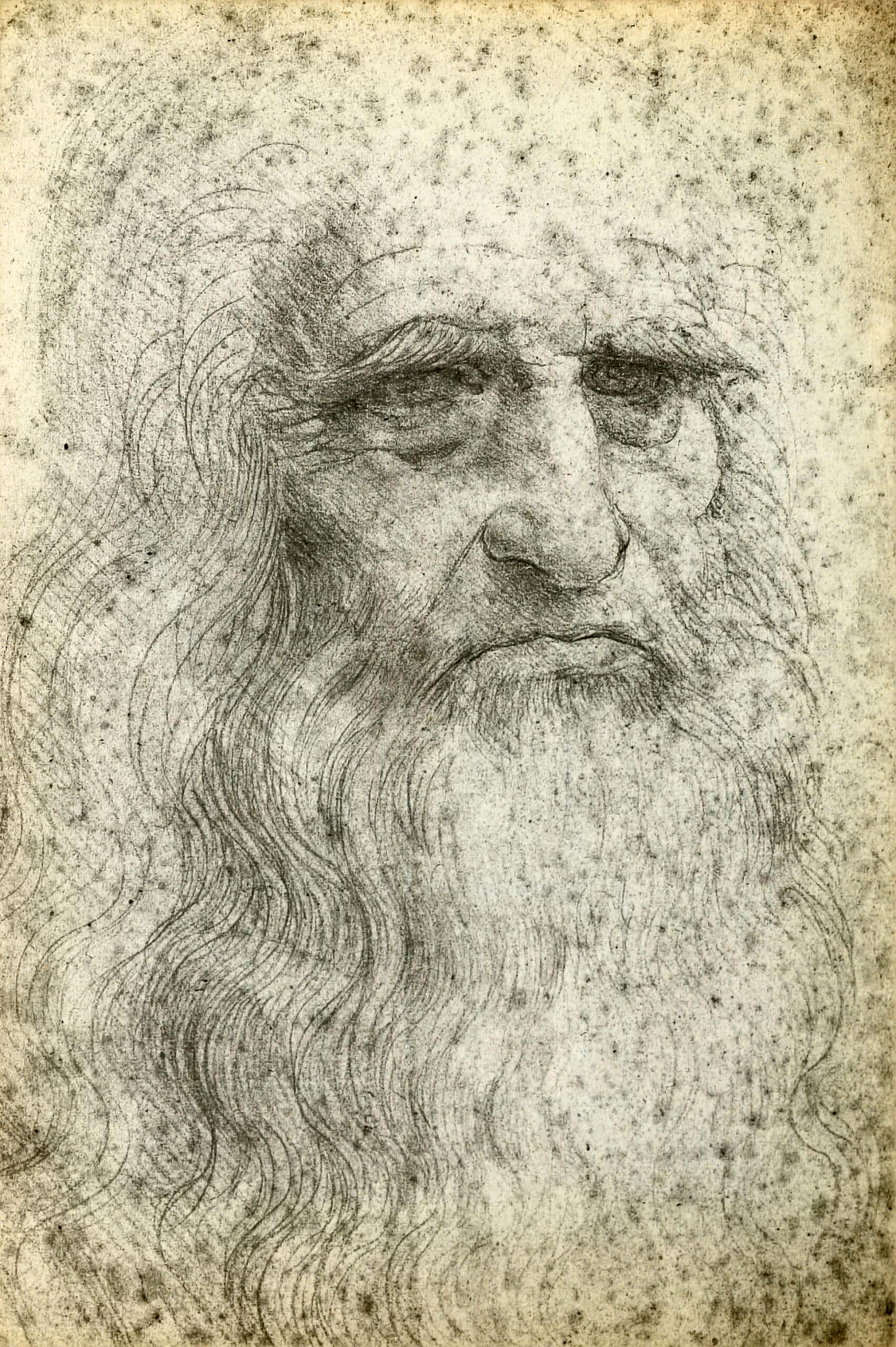
Leonardo da Vinci Self-Portrait, 1512.
Leonardo da Vinci lived in Rome between 1513 and 1516 and was involved in various projects developed for the Pope. Da Vinci also carried out important studies in the field of anatomy and physiology. The religious disapproval of dismembering and examining the dead bodies forced Leonardo to work behind Vatican’s back, especially the Pope. Leonardo, who included the difficulties he experienced in his anatomy studies in his notes, said in one of his notes: “I had to dissect 10 bodies just to understand how the veins work and function.” Da Vinci’s anatomy studies continued until he was reported to the Pope while he was examining the fetus. Following this incident, the Pope forbade him from working on cadavers.
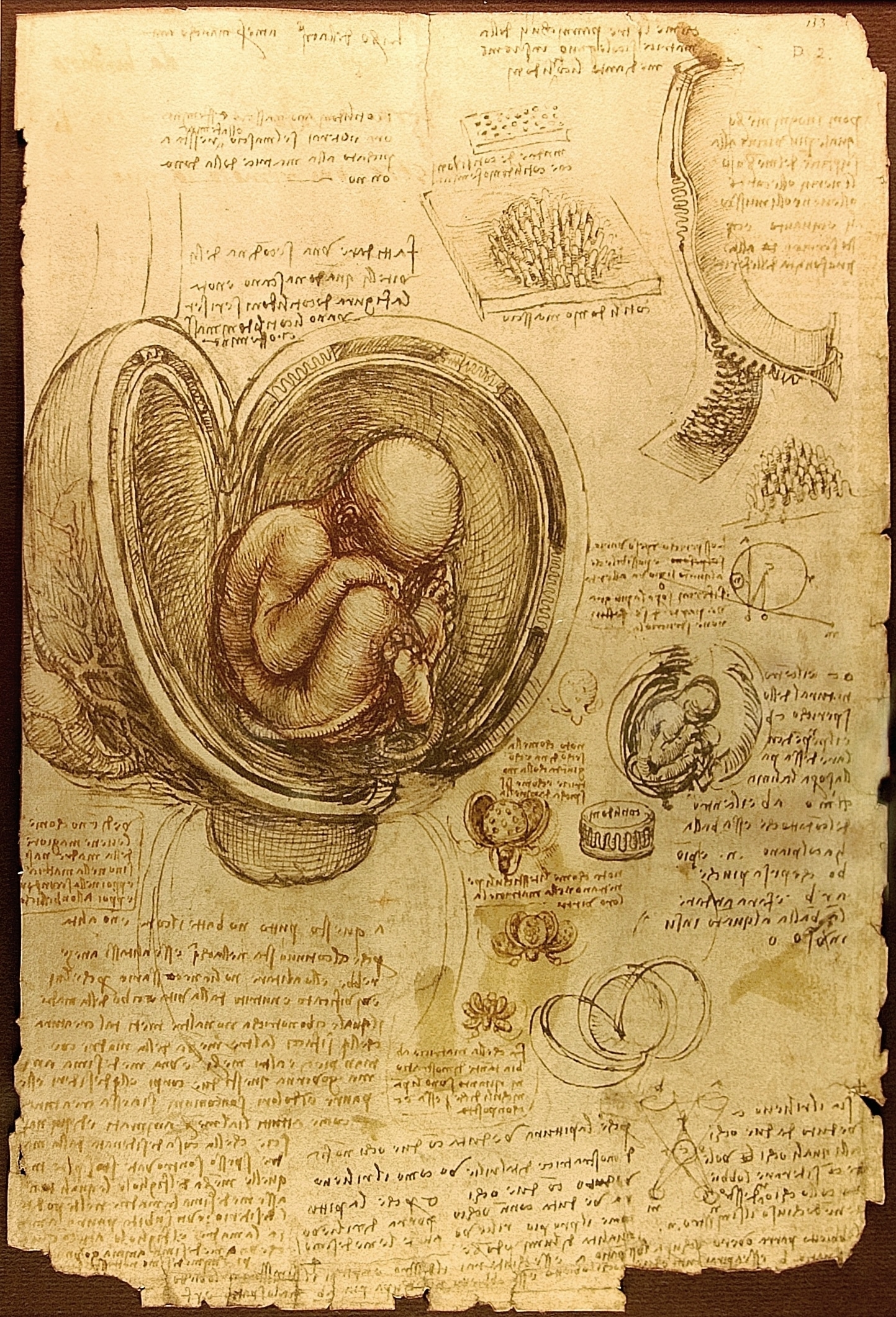
Studies of Embryos by Leonardo da Vinci (Pen over red chalk 1510-1513).
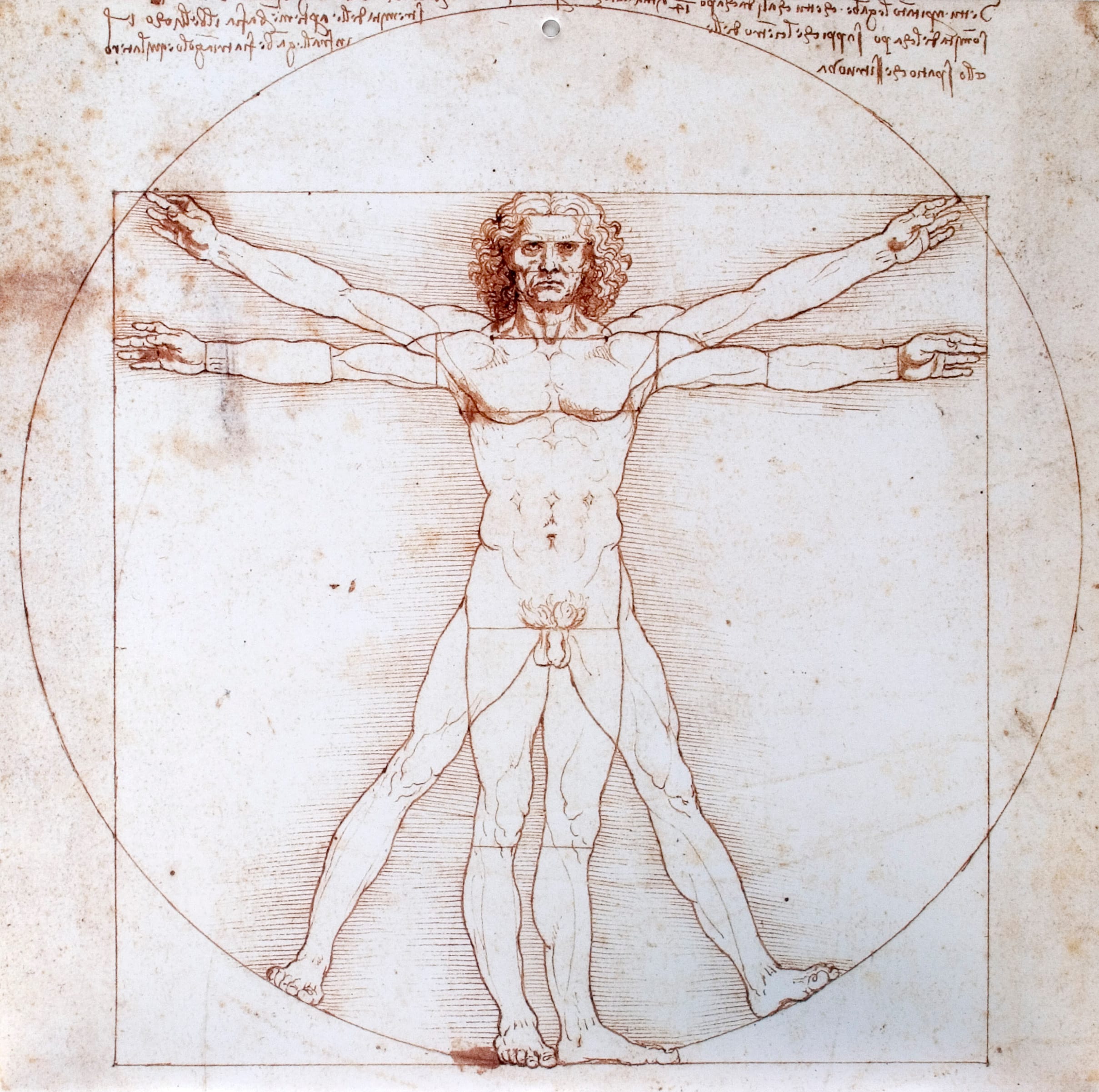
Leonardo da Vincis The Vitruvian Man (c.1490)
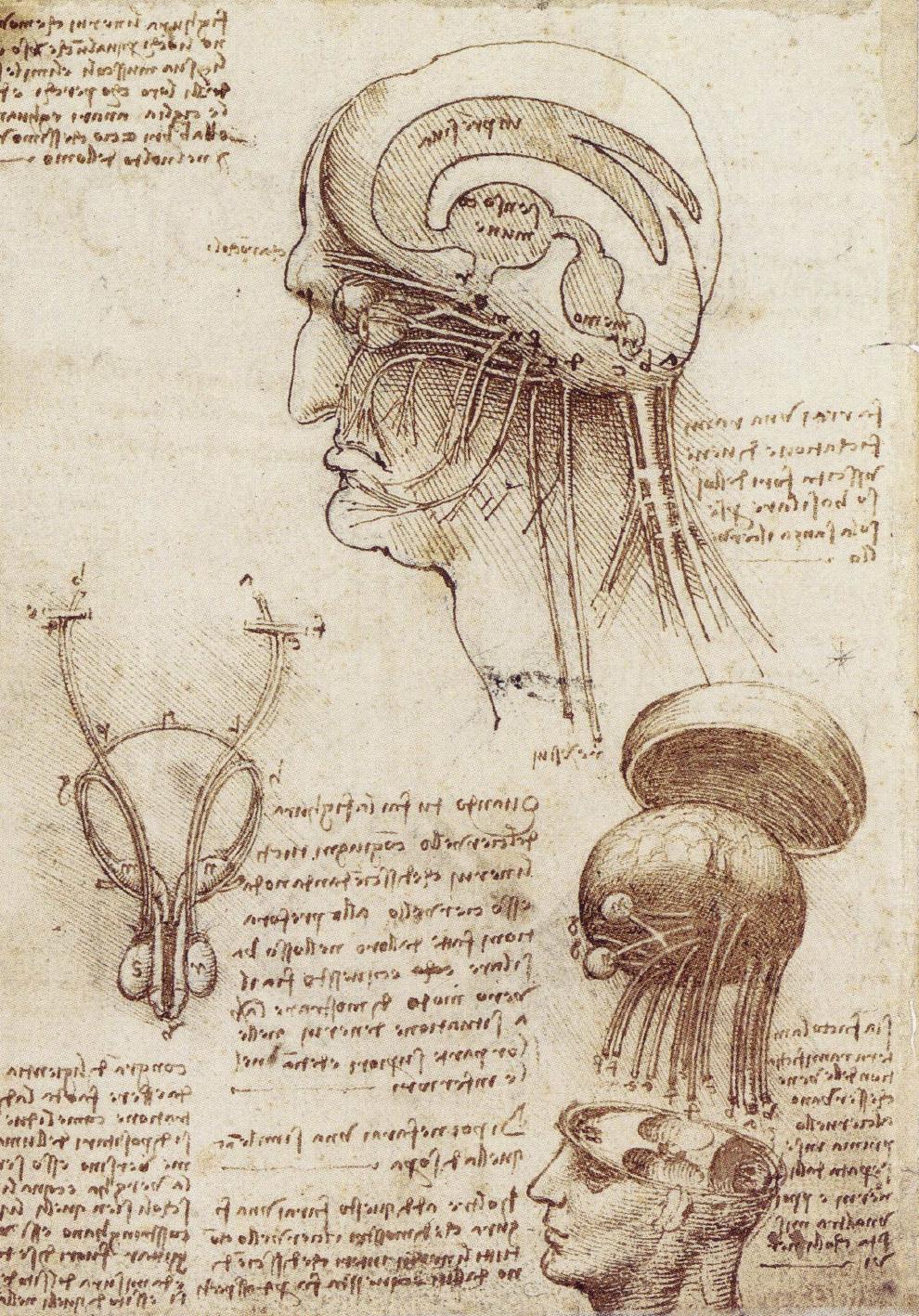
Leonardo Da Vinci’s Sketch of the Human Brain and Skull.
Upon the assassination of his maecenas, Giuliano de’ Medici, in 1516, da Vinci received an invitation from King Francis I to become the chief painter, engineer and architect of France. He settled in the mansion allocated for him right next to the Royal Palace near Amboise, located in the southwest of Paris. It is said that the king, who was known to have great admiration for Leonardo at the time, often visited him and conversed with him.

Leonardo da Vinci (1452-1519) was the universal genius of the Renaissance. Not only as a painter, but also as a naturalist, inventor and engineer, he had an impact far beyond his time.
Leonardo da Vinci, who was paralyzed in his right arm, then focused on scientific studies rather than painting. He was assisted by his close friend Melzi in these studies. Salai, on the other hand, had abandoned him soon after arriving in France. Leonardo da Vinci died in his home in Amboise on May 2, 1519, at the age of 67. He was buried at the Église Saint-Florentin in Amboise. However, there is an ongoing debate as to whether his remains are still there or were later moved elsewhere.
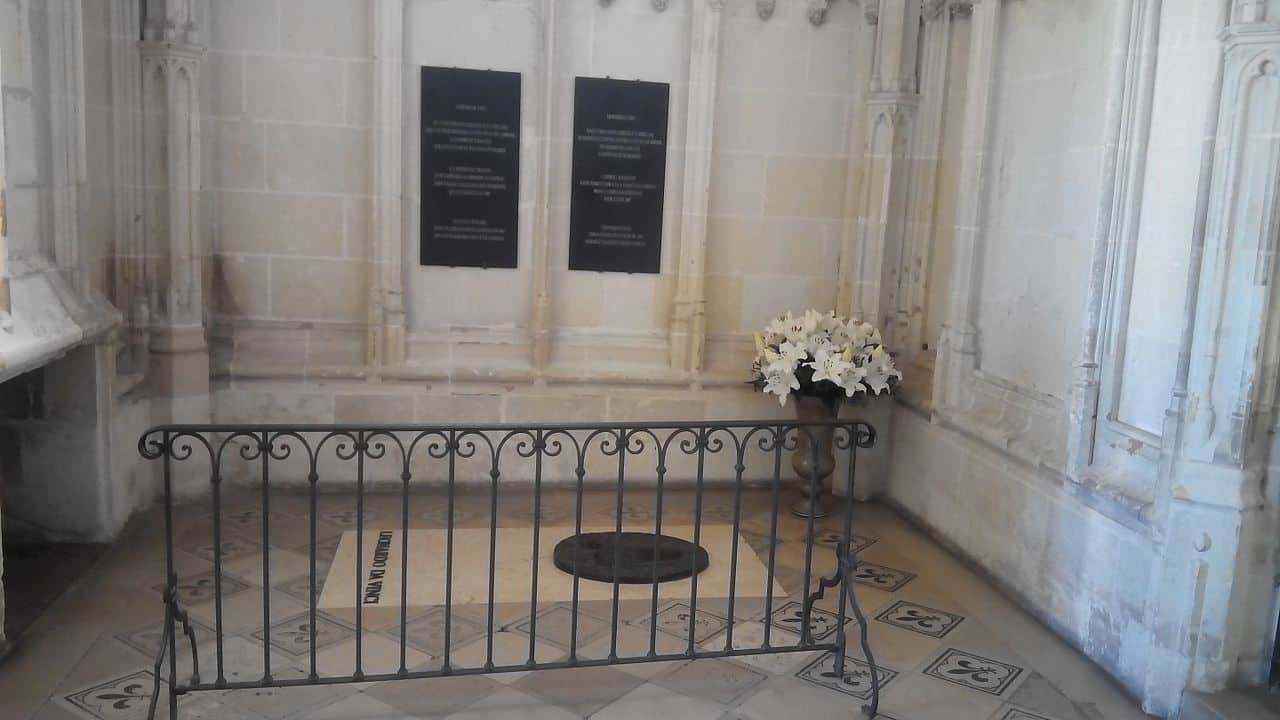
The tomb of Leonardo da Vinci in Amboise (France). Photographer – Brickdorn via Wikimedia Commons


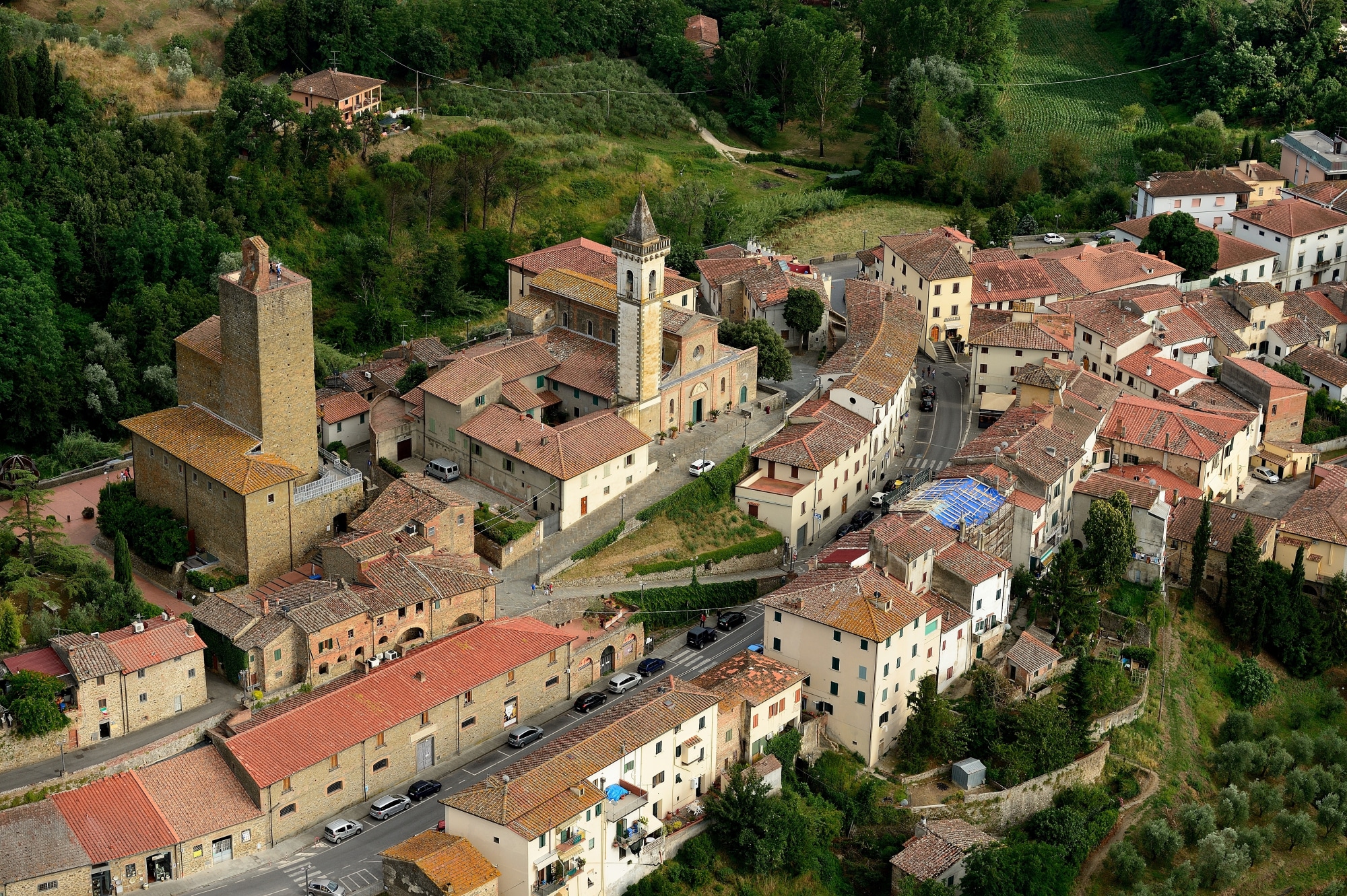
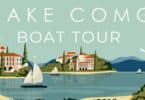

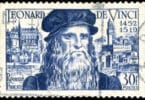

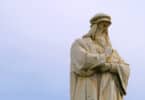
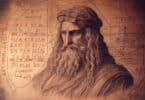
Leave a Comment